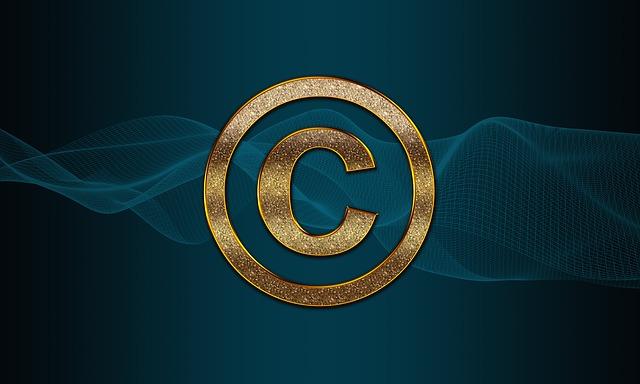What Is Copyright Infringement, and how to avoid it? These are important questions to ask yourself as an author, content creator, or publisher. There are common types of copyright infringement and ways to avoid being a victim. In this article, we’ll look at the types of copyright infringement, common ways to prevent copyright infringement, and the damage awards for infringers.
Common types of copyright infringement
Copyright infringement occurs when someone reproduces or uses another person’s content without permission. Common targets of piracy include books, movies, software, and music. The copyright holder should be compensated for copying a book into an alternative language or converting an original work into a derivative work. Fortunately, you can take steps to avoid copyright infringement and legal trouble.
Infringement occurs when you use another person’s copyrighted works without their permission. Examples include unauthorized music, video, or text reproduction or unauthorized downloads of copyrighted materials. Other examples include selling or distributing copies of a work, making unauthorized reproductions of books or other copies of works, and taking photos from the web without proper attribution. Even making prints of paintings can constitute copyright infringement.
Damages for copyright infringement
What is the process for calculating damages for copyright infringement? Calculating damages entails measuring loss in monetary terms by the accused copyright owner. Actual damages include lost sales, profits, licensing revenue, and other verifiable losses. Obtaining these damages can be expensive and difficult, but it is the most effective method for redressing infringement-related losses. Here are the main steps involved in calculating damages.
First, you must determine the value of the infringing work. Damages are awarded for each copyright infringement. There are two models, one based on actual damages and the other on profits. The damages awarded under each method differ, but the method with profits is generally the largest and most predictable. For this reason, we will focus on this method. But before we move forward, let’s discuss the burdens involved.
Intermediaries that host or transmit infringing content
While Internet access service providers and non-hosting intermediaries play a smaller role in the liability landscape, their presence must be noticed. This article explores how intermediaries can protect their customers and avoid liability for their services. The main consideration should be whether the removal request should be accompanied by a counter-notice and appeal mechanisms. The notification should also specify the technical measures needed to remove the content. Lastly, it is important to limit the restrictions of the content to the minimum.
While the United States debates potential reforms to the Communications Decency Act, other countries have adopted alternative approaches to intermediary liability. Some countries impose liability only for the content they know is infringing, while others adopt a “notice and takedown” approach, similar to the Digital Millennium Copyright Act. In such cases, intermediaries are legally bound to remove the infringing content and notify the content creator.
Common ways to avoid copyright infringement
Most content available on the internet is protected by copyright. Even content that appears to be in the public domain is not. Unless you use it for commercial purposes, you should assume it is protected. Common ways to avoid copyright infringement include requesting permission before using the content. While some artists may give away their work for free, others may charge a fee. Infringements of copyright laws can carry serious penalties.
Another way to avoid copyright infringement is to purchase licensed images. Rather than hiring artists to produce content for you, purchasing images from sites that offer them is best. Those sites also monitor images and will let you know if someone else uses their content without permission. You can also use stock photography services to purchase images and other content for your projects. By licensing your content appropriately, you’ll be able to avoid copyright infringement while promoting your business. And if you wish to avoid copyrights on your own work, then make sure to add the copyright symbol on it. You can read more on how to do it and save yourself trouble!












